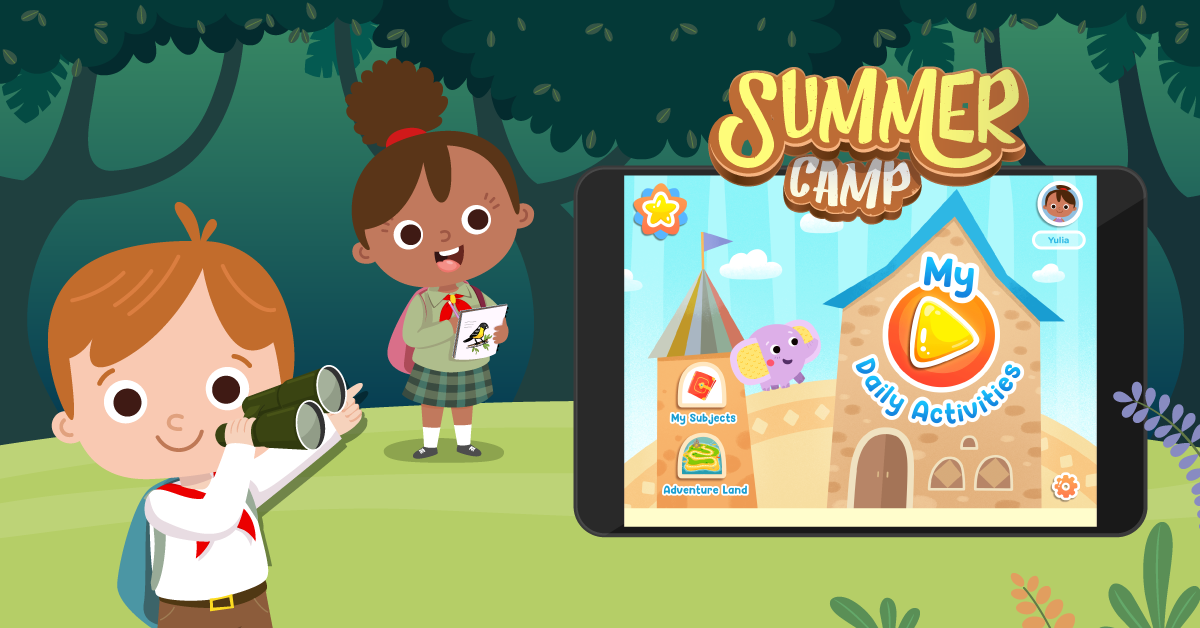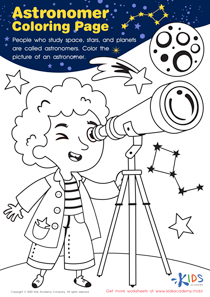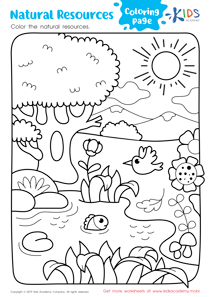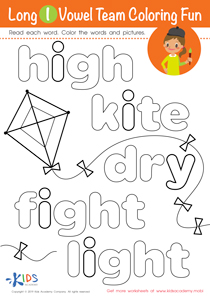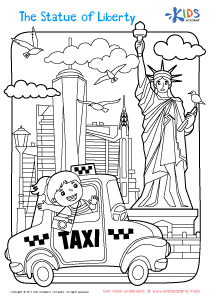Normal Difficulty Weather and Seasons Coloring Pages
1 filtered results
-
From - To
Introduce your little ones to the mesmerizing world of weather and seasons with our captivating Coloring Pages worksheets. Designed for Preschool, Kindergarten, and Grade 1, these educational sheets are packed with delightful illustrations that will enhance their understanding of the different seasons and weather conditions. Watch as their creativity blooms while they embellish springtime scenes with vibrant colors, bring snowy winter wonderlands to life, and paint sunny summer beachscapes. Let them indulge in the joy of exploring nature's mesmerizing changes throughout the year. With our Weather and Seasons Coloring Pages, learning becomes a delightful adventure!
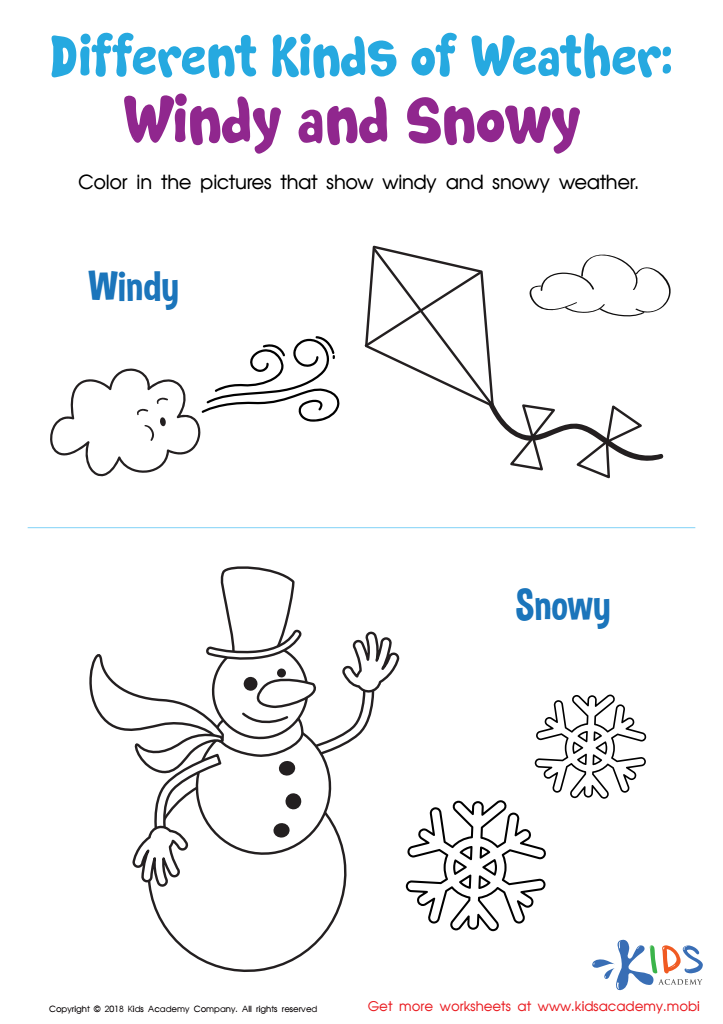

Different Kinds of Weather: Windy and Snowy Worksheet
Weather and seasons are important concepts for young children to learn and understand. They are part of their everyday lives and have a significant impact on their experiences and activities. In order to help preschool, kindergarten, and grade 1 students grasp these concepts, Normal Difficulty worksheets on weather and seasons coloring pages prove to be extremely useful.
Engaging children in coloring activities is an effective way to combine learning with fun. Coloring pages offer a visual representation of weather and seasonal elements, allowing children to explore and familiarize themselves with these concepts. By providing worksheets that feature different weather conditions such as sunny, rainy, snowy, and cloudy days, as well as the four seasons including spring, summer, autumn, and winter, children can color and differentiate between the various elements associated with each weather condition and season.
These worksheets allow students to develop their fine motor skills as they color within the lines, improving their hand-eye coordination and muscle control. Coloring also encourages creativity and self-expression, as children can choose their own colors and create their own interpretations of the weather and seasonal elements. This boosts their confidence and gives them a sense of accomplishment as they complete each worksheet.
Moreover, Normal Difficulty worksheets on weather and seasons coloring pages foster cognitive development. As children color and discuss the different weather conditions and seasons, their vocabulary and language skills are enhanced. They learn new words, phrases, and descriptions associated with each weather condition, such as "raindrops," "snowflakes," "sunny," and "cloudy." This expands their knowledge and understanding of the world around them.
Additionally, these worksheets provide opportunities for teachers and parents to engage in meaningful conversations with children about weather and seasons. They can discuss the characteristics of each season, the activities associated with them, and how the weather affects our daily lives. For example, during the winter season, teachers and parents can talk about the importance of wearing warm clothes and staying indoors during cold and snowy days. This interactive approach helps children connect their experiences with the weather and seasons they observe outside.
Furthermore, Normal Difficulty worksheets on weather and seasons coloring pages encourage critical thinking skills. Children can be prompted to observe the coloring page and identify the weather conditions or the season it represents. For instance, they can be asked to differentiate between a sunny day and a rainy day, or to identify the elements that signify spring or winter. This challenges their cognitive abilities and enhances their analytical thinking.

 Assign to the classroom
Assign to the classroom
